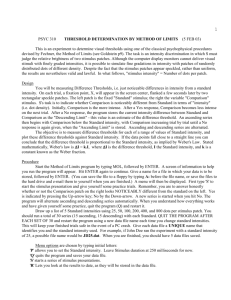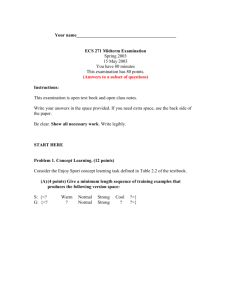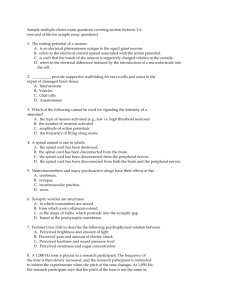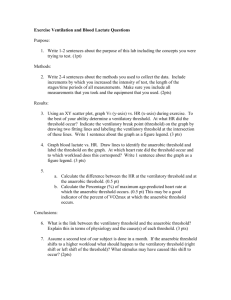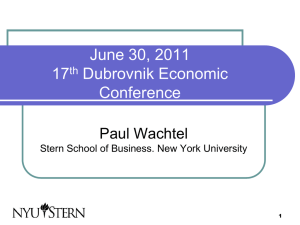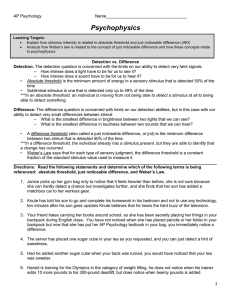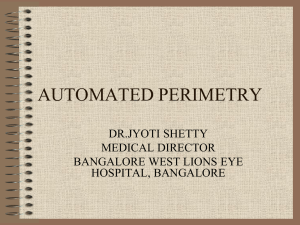The Method of Limits
advertisement
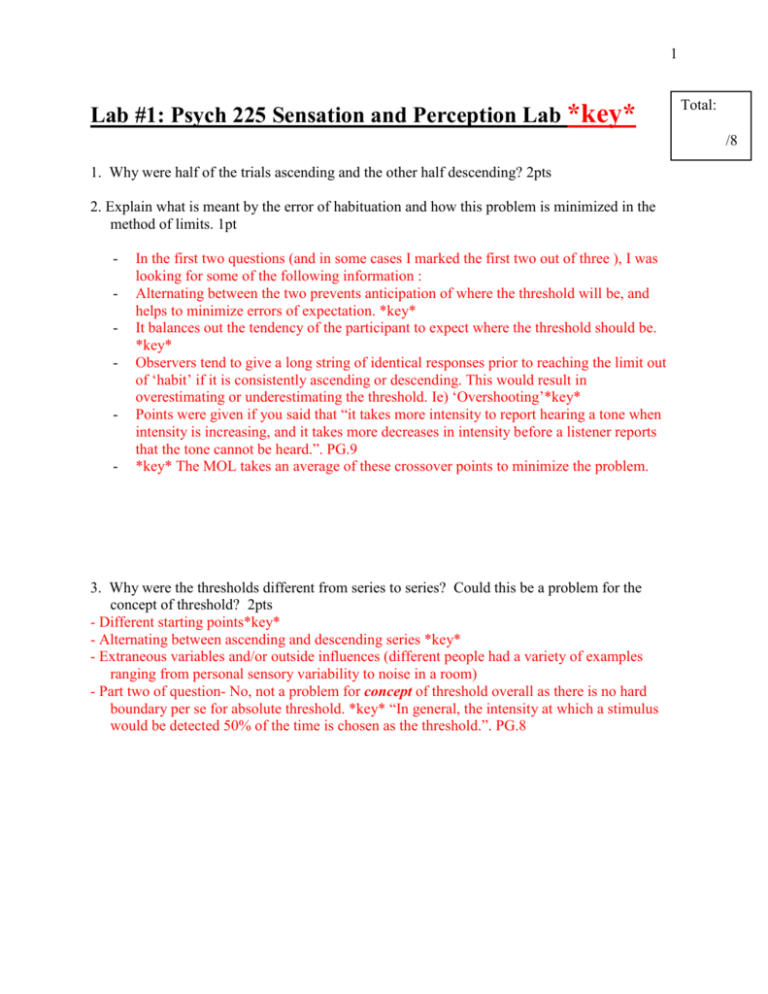
1 Lab #1: Psych 225 Sensation and Perception Lab *key* Total: /8 1. Why were half of the trials ascending and the other half descending? 2pts 2. Explain what is meant by the error of habituation and how this problem is minimized in the method of limits. 1pt - - - In the first two questions (and in some cases I marked the first two out of three ), I was looking for some of the following information : Alternating between the two prevents anticipation of where the threshold will be, and helps to minimize errors of expectation. *key* It balances out the tendency of the participant to expect where the threshold should be. *key* Observers tend to give a long string of identical responses prior to reaching the limit out of ‘habit’ if it is consistently ascending or descending. This would result in overestimating or underestimating the threshold. Ie) ‘Overshooting’*key* Points were given if you said that “it takes more intensity to report hearing a tone when intensity is increasing, and it takes more decreases in intensity before a listener reports that the tone cannot be heard.”. PG.9 *key* The MOL takes an average of these crossover points to minimize the problem. 3. Why were the thresholds different from series to series? Could this be a problem for the concept of threshold? 2pts - Different starting points*key* - Alternating between ascending and descending series *key* - Extraneous variables and/or outside influences (different people had a variety of examples ranging from personal sensory variability to noise in a room) - Part two of question- No, not a problem for concept of threshold overall as there is no hard boundary per se for absolute threshold. *key* “In general, the intensity at which a stimulus would be detected 50% of the time is chosen as the threshold.”. PG.8 2 4. Why vary the starting point for each series? 1pt -Better for unpredictable intensity - If not, observers would be able to anticipate when they were reaching the threshold - Random starting points help to avoid errors of anticipation -Gives a more accurate estimate of threshold per trial 5. Give an example of an application of the method of limits in the real world ie) the medical community or clinical setting. 1pt -Many examples were provided here. What was key was to provide an example that used Method of limits. Starting with no stimulus present and ascending until a person was able to identify the stimulus was present. Alternatively you could point out the descending version. Either way, if it was a MOL example, you got the points. Examples: -Hearing tests (just like Laslo) - Pain sensitivity (do you feel this? If a person suffered from numbness/ at what point do they feel the stimulus) -Anesthetic (how much is administered before patient is asleep) 6. Explain the Just Noticeable Difference in your own words. 1pt Next week, this method will be contrasted against the method of constant stimuli in a demo by Dr. Turgeon. - If you could explain the theory in words other than the textbook definition, and it made sense, you got the point or half if it was close. ****Feel free to ask questions if any of this is not clear. Remember, you get to drop your lowest mark each term (except the term paper), so don’t sweat it if you didn’t do so great. Overall mean was 61%. Have a great weekend


